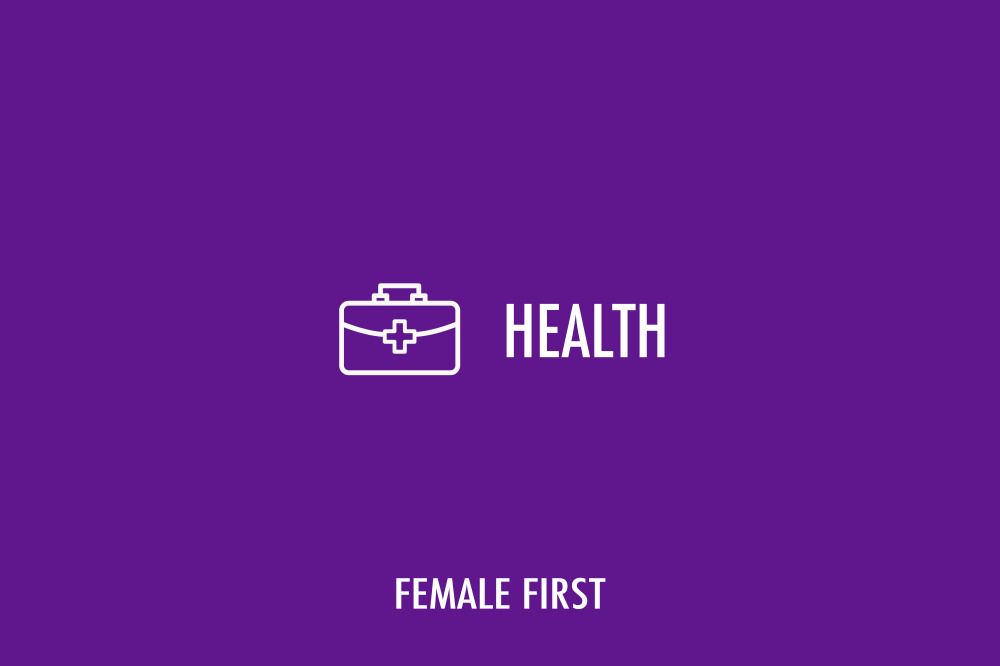I am a huge proponent of being barefoot wherever possible and when it’s not a good idea, I like to wear odd-looking minimalist footwear. Being barefoot has many health and wellness benefits. Because our feet have so many sensory nerves (very similar to our hands), we are able to learn so much more from our environment by walking barefoot. Our nervous system is much more stimulated and our awareness of our surroundings is heightened when we walk barefoot, especially outdoors.

Health on Female First
Being barefoot in nature, whether you’re on the beach, in the water, or in the woods, helps us connect to the earth and has been shown to decrease stress and inflammation, improve mood, immunity, heart health and muscle recovery. (https://www.healthline.com/health/grounding)
Obviously wearing shoes is important in certain situations for safety reasons. However, constant use of shoes that claim to support the foot (and even ones that don’t make that claim) can actually be causing more harm than good. Shoes that have a lot of arch support or really thick soles can prevent your feet from maintaining their natural strength and mobility. Shoes that are narrow, pointed or have a heel that is higher than the toe can cause damage to joints, muscles and tendons in the feet. High heels (or even low heels) will cause your centre of mass to change position by tilting the pelvis, thereby forcing your calves, glutes and thighs to work harder to keep you balanced when you walk or stand.
The foot has 33 joints, 19 muscles and over 100 ligaments and tendons. When we wear sturdy shoes, many of these joints are not required (or even able) to move and the muscles of the feet are not able to work properly. When your feet are not working properly, the rest of your body will be affected because the way you walk will change to accommodate the awkward movement of your feet.
The foot was created to support the entire body for the duration of our lives without needing footwear. Many cultures still go barefoot or use minimalist footwear and have little to no negative effects in the rest of their body, such as knee, hip or low back pain. Many people in these cultures also run barefoot – a thought that would cause most shoe-wearing westerners to cringe.
When we run in shoes designed specifically for that activity, the cushioned soles of our shoes absorb much of the impact but can still be uncomfortable, or even painful. If we were to run the same way barefoot, we would be in even more pain because our heels would take the force of that impact and send the shock all the way up our legs into our pelvis and spine. Doesn’t really sound appealing does it?
Walking or running barefoot requires us to adjust our movement so that our transverse arch (the joints between our toes and feet) touch first and then our heels, which minimizes the impact in our bodies. But don’t take my word for it, try it out yourself and see how it feels!

Shane Moore is the CEO of Elite Performance Therapy, a Massage Therapist and Myofascial Release Therapist. Shane is also the author of A User’s Guide to the Human Body that empowers the reader to take ownership of their health and consider a new perspective, providing simple tools and techniques for healing. www.TreatTheElite.com

